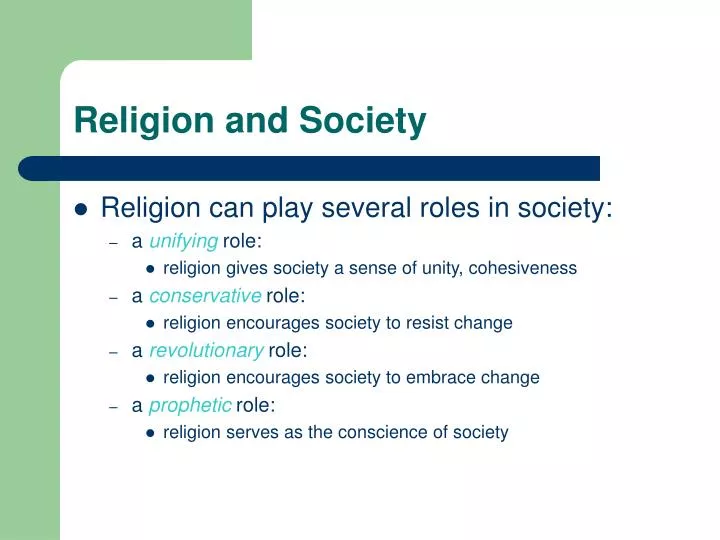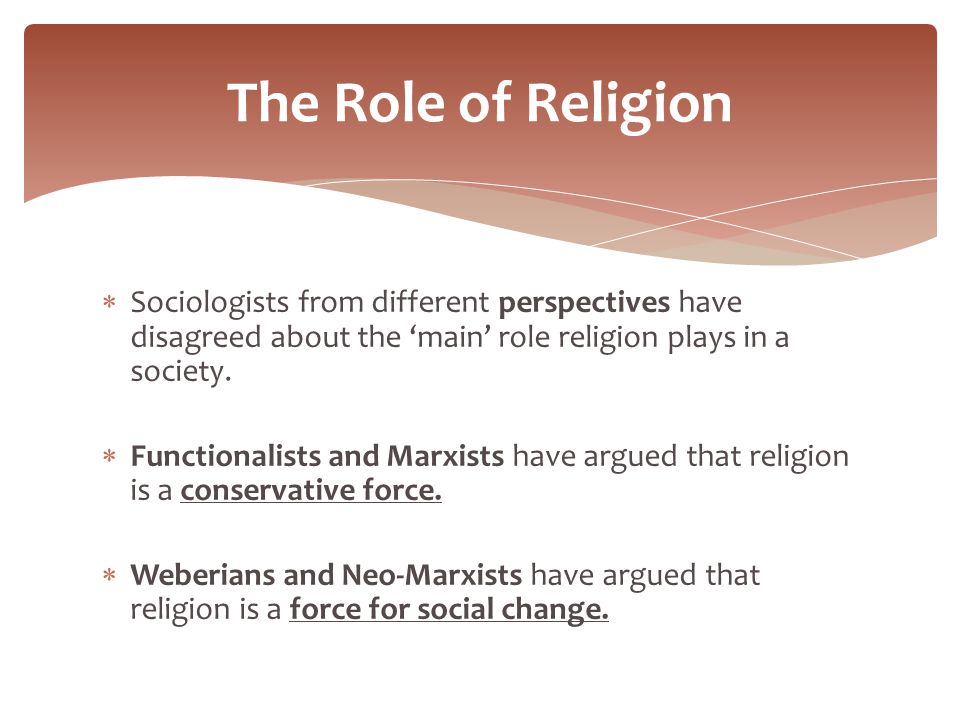Land Encroachment and Religion: Analysis
Relevance: Sociology: vi) Religion and Society:(a) Religious communities in India.(b) Problems of religious minorities. & G.S paper I: Society and social issues: & G.S paper II: Governance
What’s in the News?
- The High Court of Uttarakhand has directed the State government to remove 770 religious structures built by encroaching on public places by March 23.
-
- The state government sought one year’s time for removing such religious structures but the division bench rejected this request citing a Supreme Court’s order of 2009.
- In an affidavit submitted by the state government, it was stated that the check conducted in all districts on the high court directions revealed that over 700 structures were constructed on public space.
- Similarly, a division bench of the Telangana High Court has pulled the Telangana government for not coming up with a firm policy to deal with those encroaching vacant lands.
- The bench said ‘No religious structure should be treated above law’.

Supreme Court’s order of 2009
- The Supreme Court in the case of Union of India v/s State of Gujarat and others had directed all states to demolish illegal religious structures, saying in the name of gods and religion, no unauthorized construction can be allowed on streets, parks and other public places.
- The restriction would apply to temples, mosques, churches, gurudwaras, and places of worship of all other communities.
What is the crux of the problem of land encroachment?
- The Supreme Court is strictly against this, as land is a scarce commodity, and when the religious structures are built on public land it results in constriction of the public space eg. public roads.
-
- Land is a public property, which can be given away only by the Government, provided it is not discriminatory and there is no favoritism.
- Broadly there are two kinds of encroachments:
-
-
- one is the conversion of historical monuments into places of worship,
- while the other is the blatant grabbing and conversion of public property into a place of worship, a shrine or something similar.
-
- The judiciary has never encouraged encroachment on public land, on the contrary, the state government allows it whenever there is a window of opportunity.
- Despite the regulations and the rules against land encroachment on religious grounds, the state government and the public are supportive of this particular issue.
- The state governments are most often hesitant to remove religious structures even though they are on public lands due to the hue and cry caused by the public and sentiments attached to the religious structures.
- The non-enforcement of strict regulations regarding the public encroachment by the local authorities provides encouragement to the public to take this issue lightly.
Is there a law governing land encroachment and what is the observation of the high courts in this regard?
- The Supreme Court has made its stand very clear on the issue of land encroachment.
-
- The Supreme Court of India ordered five apartments in Maradu municipality in Kerala to be demolished, for violation of Coastal Regulation Zone (CRZ) rules.
- It has also been observed that most often, the structures are built and established for many years before they receive an order to be demolished. This results in a loss of resources and time.
- Authorities who have powers to prevent violations should intervene to safeguard public property.
How much of a problem is land encroachment for development?
Many development projects have come to a halt due to the issue of land encroachment on public land.
- Road widening would be a problem as it is occupied by religious structures.
- Pedestrians would suffer as people would have fewer spaces to walk.
- There are development plans made for projects in urban and rural areas.
-
- The lands have already been earmarked for a particular purpose, and the construction of any religious structure on public grounds can be interpreted as a violation.
- Thus the issue of public land encroachment should be dealt with a firm hand.
Whose responsibility is the issue of land encroachment?
- The issue of land encroachment requires the collective efforts of the Public, the local authorities and the State Government if it has to be resolved completely.
- The citizens have a major responsibility in trying to prevent the encroachment of public lands.

Way Forward:
- The citizens should abide by the rules and regulations and if they violate the rule of law, the violators should be penalized.
-
- Respecting the law of the land should be the norm and if there are any deviations the illegal structures should be bulldozed.
- The local authorities and the state governments would have to become proactive in the prevention of encroachment of public lands for religious purposes.
- The authorities who are responsible for the prevention of land encroachment should also be held responsible.
- The Supreme Court’s judgment on preventing encroachment has to be implemented.
For more such notes, Articles, News & Views Join our Telegram Channel.
Click the link below to see the details about the UPSC –Civils courses offered by Triumph IAS. https://triumphias.com/pages-all-courses.php

